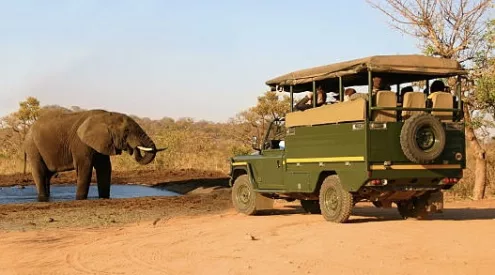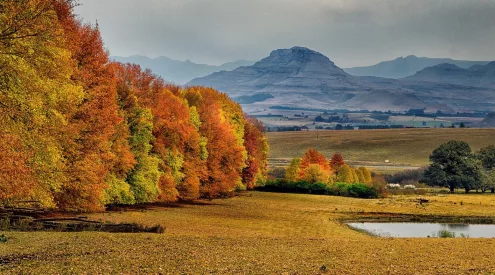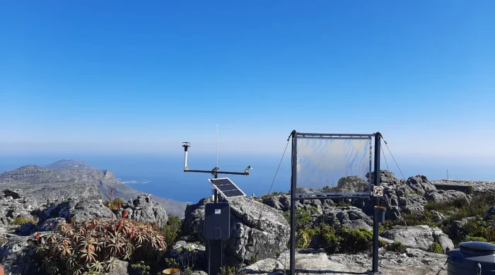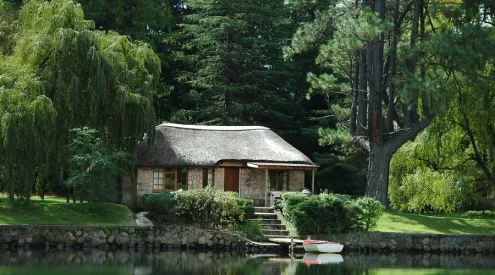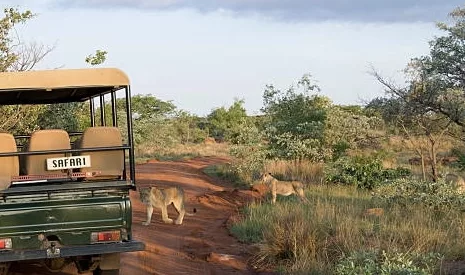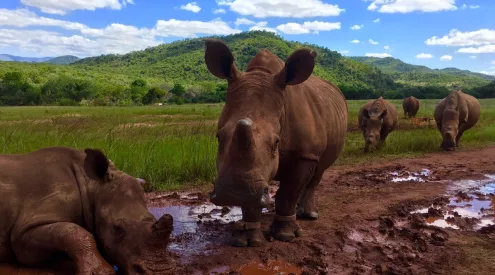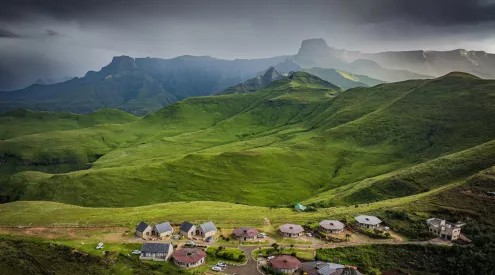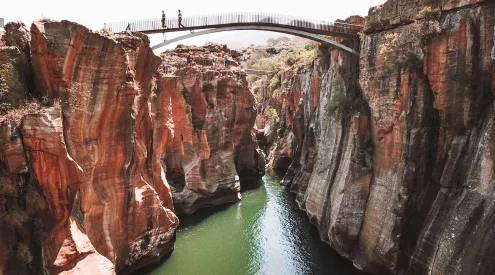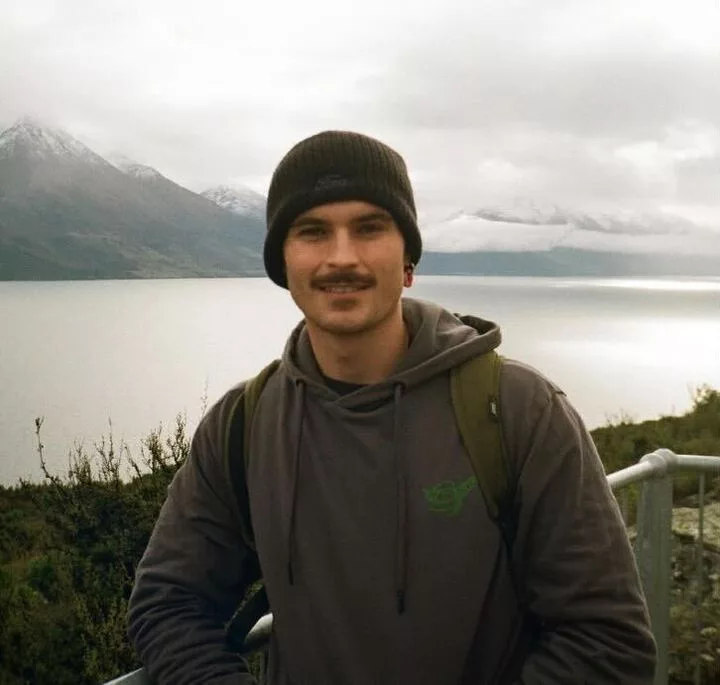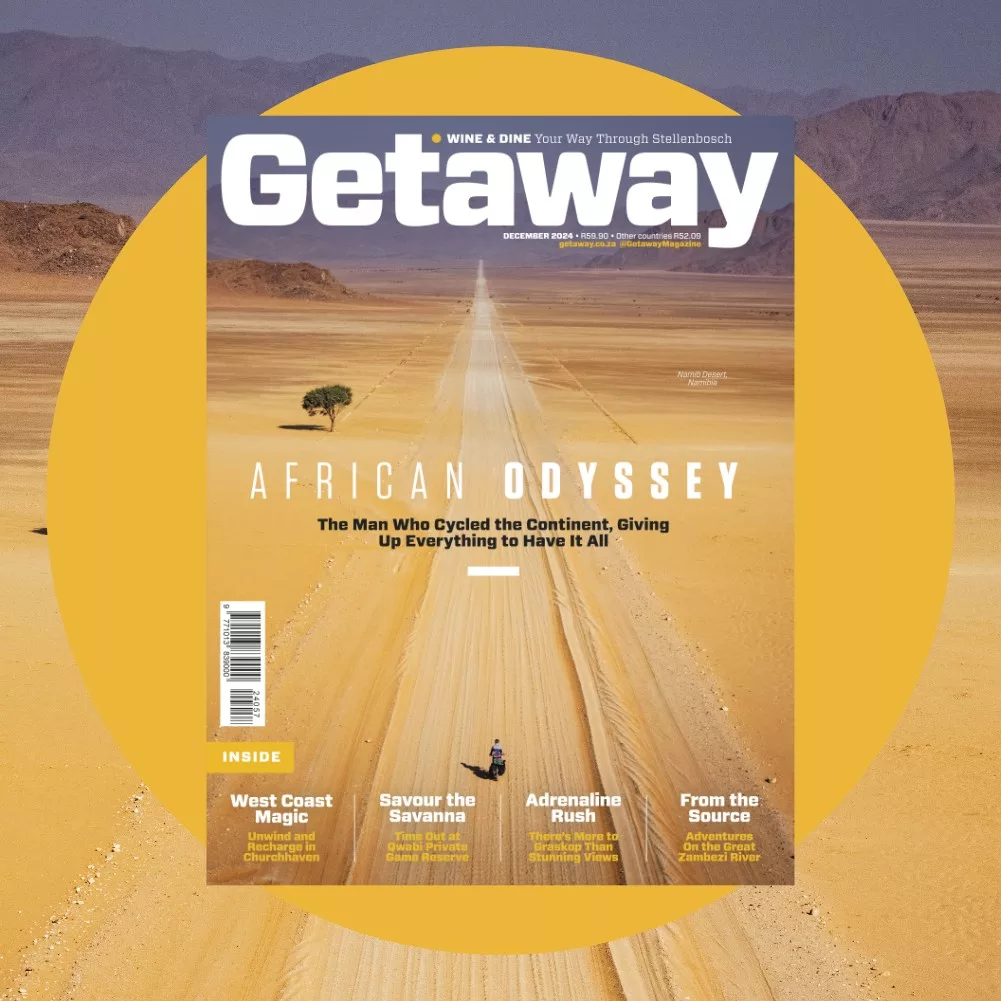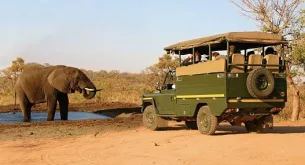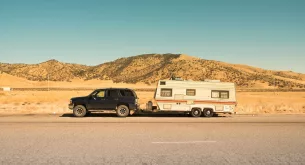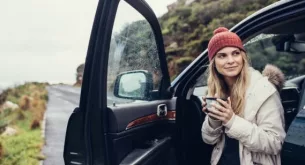It was a cold start up at 2865 metres, but the crystal clear morning air made for breathtaking views down the winding Sani Pass road we’d climbed the day before.
After a quick coffee and a bite to eat, we packed the bakkies, stamped our passports at the border check point and began the hour-long drive back down the pass. The day was set to be one of the best of the tour so far – a hike into the foothills of the Drakensberg to see first-hand some of the striking Bushman Rock Art that can be found scattered across numerous sacred sites throughout the region.
There are thought to be in the region of 650 and 700 separate Bushman Rock Art sites in the Drakensberg mountains – known also as the uKhahlamba, “˜the Barrier of Spears.’ Many are hard to reach and have not yet been fully explored and documented so the actual number of individual images can only be guessed at, but the final figure is believed to be about 50,000.
This is an unparalleled collection of indigenous art and in recognition of this, along with the spectacular natural beauty of the area, UNESCO proclaimed the uKhahlamba Drakensberg Park a World Heritage Site in 2000 – our 7th World Heritage Site of the Braai4Heritage tour so far!
About 550 sites and 40,000 individual images are now protected within the bounds of the uKhahlamba Drakensberg Park, with a further 120 known sites situated on the adjacent Mnweni and Amazizi valley region.
We met our guides, Sue, Vicky, Jeff and Matthew at the bottom of the pass around 10am and were soon on the trail, happy to be getting some exercise at last and enjoying the ever more expansive views as we hiked higher and higher into the overhanging mountains, still very green with the late-summer rains.
Sue McKenzie has the splendid title of “˜Rock Art Monitor for the Southern Buffer Zone’ and her passion and enthusiasm for the Rock Art, as well as for the spiritual significance that the art and area had to the indigenous Bushmen who once lived here, is infectious.
“As a nation we all need to become more aware of our cultural heritage,” she told Jan in front of the beautifully detailed Eland paintings we visited at the first site of the day. “These sites held incredible significance to the original inhabitants of this area and when visiting them we should be mindful of this at all times.”
Sue, Vicky and Jeff all work for the African Conservation Trust, a public-private fund, established in 2000 to promote environmental and heritage research and conservation in southern Africa.
Vicky Nardell’s current project particularly grabbed me. Hiking out on extended expeditions each month, Vicky (who is a qualified archaeologist in the organisation’s Rock Art Mapping Unit) and her team are in the process of documenting new and existing sites and creating detailed 3D maps which can then be studied by experts without the sometimes multi-day hikes necessary to reach them.
“These beautiful images are the final testimonial of the Bushmen people,” says Vicky, “and it is our duty to recognise this heritage and protect it for future generations.”
Rock Art is incredibly difficult to date accurately. Dating methods require samples of the material to be extracted and essentially destroyed – not an ideal option when dealing with unique pieces of Bushman Rock Art. Compounding this is the practice of superimposition whereby successive generations of Bushman artists would retouch and paint over the artwork of their ancestors in a sacred process believed to reinvigorate the spirit captured by their original artists.
For these reasons, none of our guides could give us an absolutely accurate date for any of the Rock Art we saw, with the very rough range falling anywhere between 150 and 2500 years old. Some may even be far older than that.
We had much to ponder as we hiked the six kilometres or so back to the vehicles. Jan though, tired of pondering I suppose, and with admirable dedication to fitness, decided to try some running camera work shots down the mountain side and he and Stephanus were soon well ahead, sprinting down the mountain with camera’s in tow.
Sue had, during the course of the hike, very graciously invited us all back to her place for a braai and we capped off a fantastic day in the mountains with one of the braai’s of the tour: steaks, salad and putu-pap around a half-geyser braai drum in Sue’s beautiful farm home near Himeville.
At 10pm we said our goodbyes and made the hour and a half drive to Kokstad where we were due to stay at The Old Orchard Bed and Breakfast, waking up the poor owner who nonetheless welcomed us with a smile and soon had us happily checked in and off to bed.
Tomorrow Qunu, the main town in the region where Nelson Mandela was born and where he spent his early school years.
Contact details for our guides on the day:
Sue McKenzie, [email protected], tel 033 702 1028
Vicky Nardell, [email protected], tel 033 342 2844
Matthew Wiggill (Accredited Field Guide), [email protected], cel 082 595 8444


